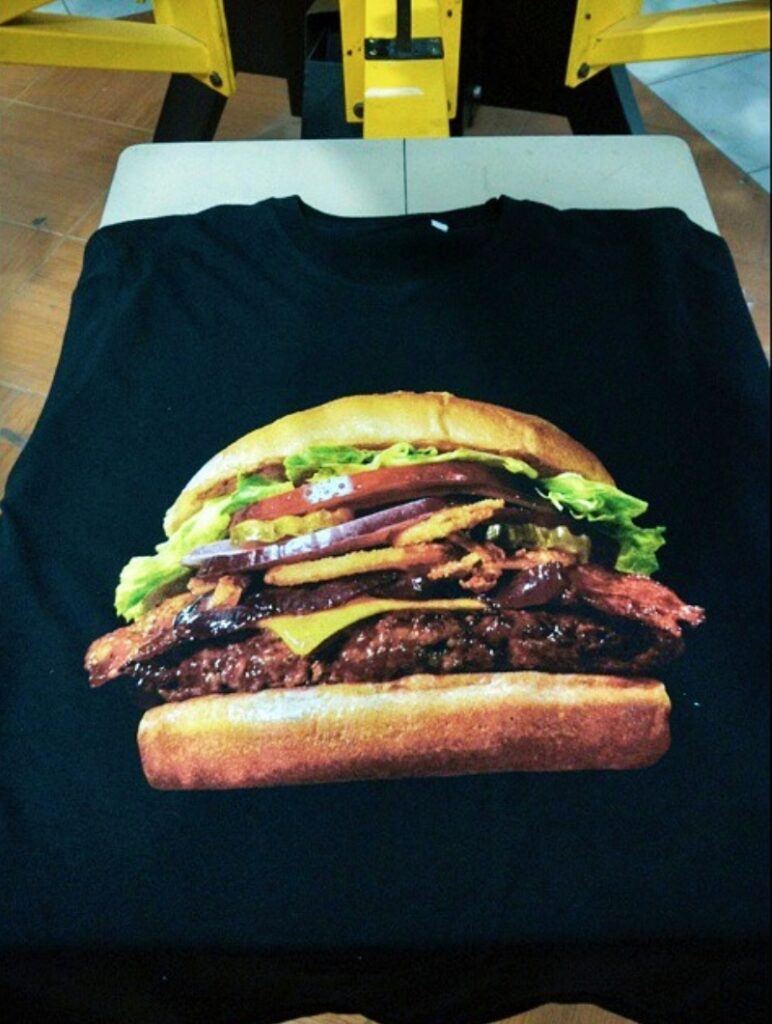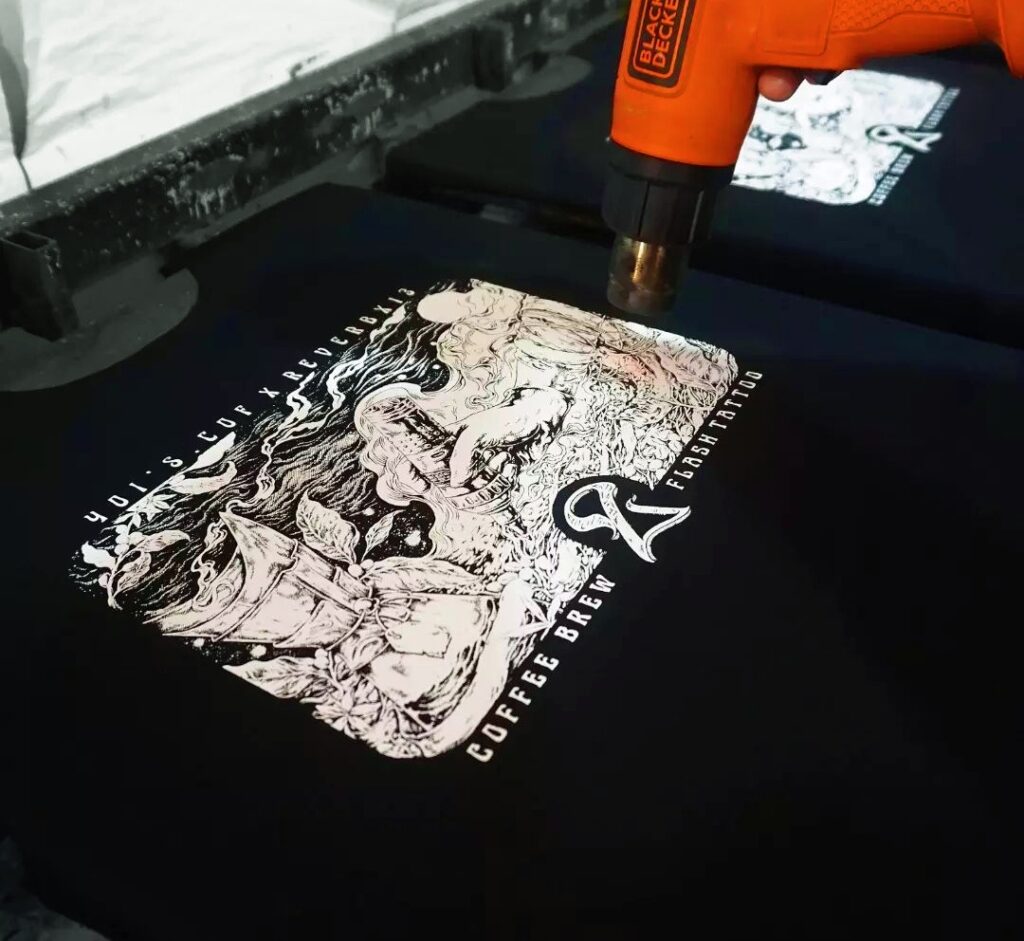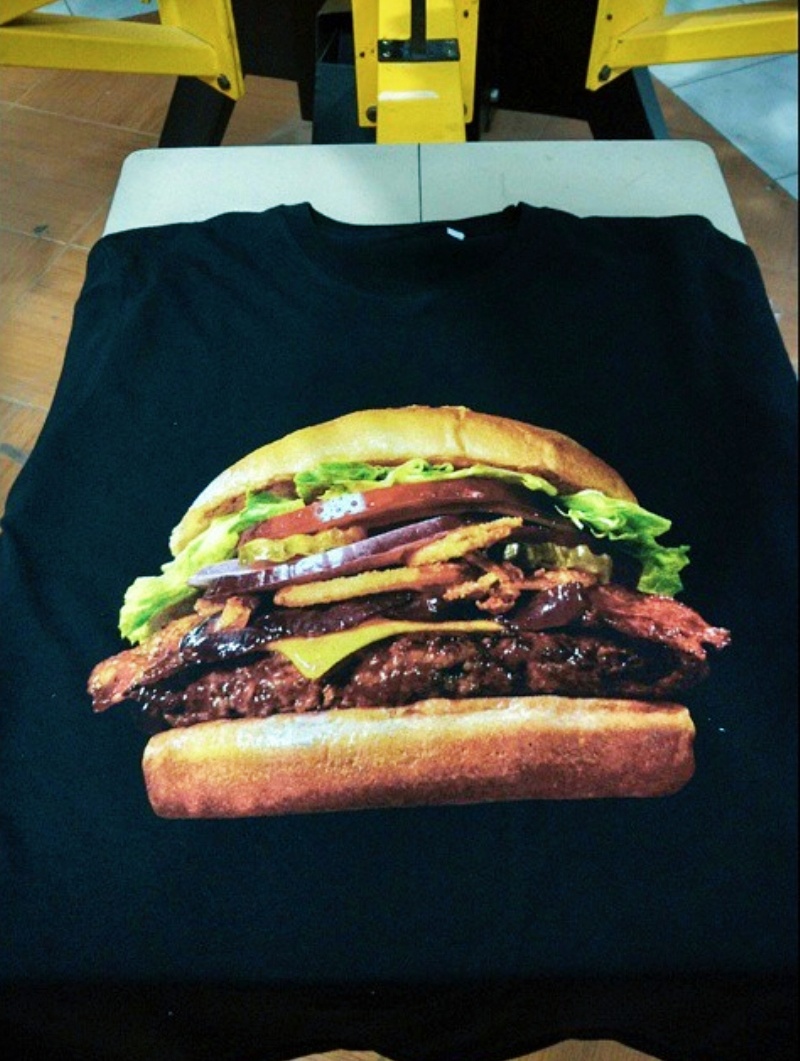Conclusion
In conclusion, screen printing ink can be used for block printing with the right adjustments. While there are some differences in viscosity, drying time, and application methods, screen printing inks offer versatility and durability, making them a great option for block printing on various surfaces. Whether you’re working with fabric, paper, or wood, using screen printing plastisol ink for block printing can give your designs a unique and professional finish.
Experimenting with different inks and techniques can open up new creative avenues for artists and screen printers alike. With careful preparation and the right materials, you can achieve stunning results using screen printing ink for block printing projects.
Table of Contents
Can You Use Screen Printing Ink for Block Printing?
Block printing and screen printing are both popular methods for creating intricate designs on various surfaces, especially fabrics. While both techniques have distinct processes, one common question that arises is whether screen printing ink can be used for block printing. This article will explore the compatibility of screen printing ink with block printing techniques, highlight the differences between the two methods, and offer best practices for using screen printing inks for block printing projects.

What is Block Printing?
Before diving into the use of screen printing ink for block printing, it’s important to understand what block printing is. Block printing is one of the oldest methods of printmaking, where a design is carved into a block of wood, linoleum, or rubber. The raised areas of the block are then inked, and the design is transferred onto a surface by pressing the inked block against it. This technique allows for unique, handmade prints, and is often used for creating art, textiles, and paper products.
The Basics of Screen Printing Ink
Screen printing ink is specifically designed for the screen printing process, where ink is pushed through a mesh screen onto a surface to create a design. Screen printing inks are typically thicker and more viscous than block printing inks, and they come in different formulations, such as water-based or plastisol print inks.
Plastisol print inks, a type of screen printing plastisol ink, are commonly used in screen printing because of their durability, opacity, and vibrant colors. Unlike water-based inks, plastisol inks do not dry until they are heat-cured, making them highly flexible during the printing process.
Can You Use Screen Printing Ink for Block Printing?
The short answer is yes, you can use screen printing ink for block printing, but there are some important considerations to keep in mind. The viscosity and drying properties of screen printing inks differ from traditional block printing inks, so adjustments may be necessary for optimal results.
Here’s what you need to know about using screen printing ink for block printing:
Adjusting the Ink’s Viscosity
One of the key challenges when using screen printing ink for block printing is its thickness. Screen printing inks are formulated to be pushed through a mesh screen, meaning they are typically thicker than block printing inks, which are designed to be rolled onto a block surface.
To use screen printing ink for block printing, you may need to thin the ink slightly. This can be done by adding an appropriate ink reducer or extender, which helps to make the ink easier to apply to the block. Be cautious not to thin the ink too much, as this can affect the opacity and vibrancy of your prints.

Ink Application Methods
Block printing traditionally uses a brayer (roller) to apply ink evenly onto the block’s surface. When using screen printing ink, this application method remains the same. However, because of the ink’s thickness, it’s essential to ensure even coverage on the block.
When using plastisol print inks, you may find that the ink sticks more to the roller or doesn’t spread as evenly as traditional block printing ink. This can be resolved by adjusting the pressure and experimenting with different application techniques.
Curing and Drying Times
Screen printing plastisol ink is known for its long open time, meaning it won’t dry or cure until it is exposed to heat. This property is beneficial during the printing process, as it allows for multiple prints without the ink drying prematurely.
However, the curing process is different from traditional block printing inks, which typically dry through air exposure. When using screen printing plastisol ink for block printing, you will need to heat-cure the print to ensure it sets properly. This can be done using a heat press, flash dryer, or even a home oven if you’re working on a small project.
Types of Surfaces Suitable for Block Printing with Screen Printing Ink
Screen printing inks are formulated to adhere to a variety of surfaces, including fabric, paper, and wood. When using screen printing ink for block printing, it’s important to choose the right surface for your project. For fabric printing, screen printing plastisol ink offers excellent opacity and durability. For paper or wood, water-based screen printing inks may be more suitable, as they don’t require heat curing.
If you’re using screen printing plastisol ink on fabric, ensure that the fabric can withstand the heat-curing process required for plastisol inks. Cotton, polyester, and blends are typically the best options for printing with plastisol inks.
Best Practices for Block Printing with Screen Printing Ink
Here are some tips and best practices for achieving great results when using screen printing ink for block printing:
- Test Your Ink on a Sample Surface: Before starting a large project, test the ink on a small sample to see how it behaves on your chosen surface. This will allow you to make any necessary adjustments to the ink’s viscosity or curing process.
- Use Proper Tools: When using screen printing ink, it’s important to have the right tools, including a high-quality brayer, ink knife, and heat-curing equipment if you’re working with screen printing plastisol ink.
- Layer Your Prints: One advantage of using screen printing ink is its opacity, which allows you to create vibrant prints with just one layer. However, for more complex designs, consider layering different colors of screen printing ink to create depth and dimension.
- Keep the Ink Consistent: If you’re thinning the ink for block printing, make sure to keep the consistency the same throughout your project to ensure uniformity in your prints.
Differences Between Screen Printing Ink and Block Printing Ink
While screen printing ink can be used for block printing, there are some key differences between screen printing inks and traditional block printing inks. Here’s a quick comparison:
- Viscosity: Screen printing ink is thicker and designed for screen application, while block printing ink is thinner and easier to roll onto blocks.
- Drying Time: Screen printing plastisol ink requires heat curing, whereas block printing inks typically dry by air exposure.
- Durability: Plastisol print inks are more durable and can withstand multiple washes, making them ideal for fabric printing.
- Application Process: Block printing requires rolling ink onto the block, while screen printing involves pushing ink through a mesh screen. The consistency of the ink plays a crucial role in how it behaves during these processes.
Combining Block Printing and Screen Printing Techniques

For artists and designers looking to expand their creative possibilities, combining block printing and screen printing can yield unique results. You can use screen printing ink for both techniques in a single project, creating layered, multi-textured designs.
For example, you could use screen printing plastisol ink for bold, high-contrast sections of a design and then apply block printing for finer, hand-carved details. This combination of techniques allows for more versatility and customization in your prints.









